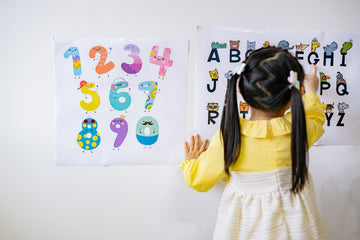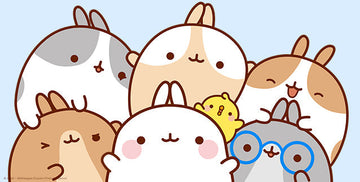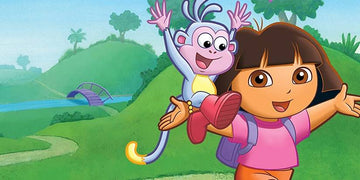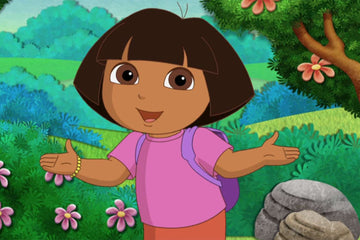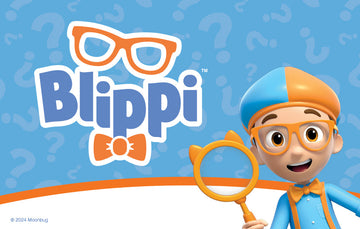Nursery rhymes have been a staple of childhood for generations, often passed down through families and communities. Many adults recall these songs with fondness, unaware that beneath their playful melodies lie complex histories and hidden meanings. Exploring these secret messages reveals fascinating insights into cultural and historical contexts that shaped these beloved verses.
Many nursery rhymes originated from ancient folklore, political events, and societal issues, transforming simple songs into reflections of the times they were created.
The stories behind popular rhymes provide a glimpse into historical events and societal attitudes, making them rich subjects for exploration. Understanding these origins can deepen appreciation for the familiar tunes that often accompany childhood moments.
1) 'Ring a Ring o' Roses' - Black Death symbolism
"Ring a Ring o' Roses" has often been linked to the Black Death, specifically the Great Plague of the 14th century. The rhyme's imagery, including references to roses and ashes, suggests a connection to the symptoms and effects of the plague.
Despite this, some research indicates that the origin of the nursery rhyme may not be accurately tied to these historical events. Various interpretations emphasize its playful dance origins rather than a somber history.
2) 'Mary, Mary, Quite Contrary' - Political commentary on Mary I
"Mary, Mary, Quite Contrary" serves as a political commentary on Mary I of England. The phrase "quite contrary" reflects her controversial reign, marked by religious conflict and persecution.
The nursery rhyme’s references to “pretty maids” may symbolize the execution of Protestant martyrs. This interpretation positions the rhyme as a critique of her efforts to restore Catholicism, highlighting the tension of her time.
3) 'Baa, Baa, Black Sheep' - Taxation protest
"Baa, Baa, Black Sheep" is often interpreted as a commentary on taxation. The song reflects the medieval wool tax imposed by King Edward I in the 13th century.
This tax required wool producers to give a portion of their shearing to the crown. The rhyme symbolizes the burdens placed on rural workers and their struggles against unfair taxation.
Its playful tone contrasts with the serious economic issues of the time, making it a unique reflection on history.
4) 'Rock-a-bye Baby' - Political turmoil in 17th century England
"Rock-a-bye Baby" is often linked to the political unrest during the 17th century in England. The lullaby is thought to reference the turmoil surrounding King James II and the Glorious Revolution.
The "baby" in the rhyme is sometimes interpreted as the king's son, reflecting fears and instability of the time. This connection highlights how nursery rhymes can carry deeper historical meanings beneath their seemingly innocent surfaces.
Explore Sandi Lake Clothing for adorable and comfortable outfits. From stylish girls' apparel to cozy pajama sets perfect for bedtime stories, you’ll find the perfect look for your little storyteller!
5) 'Three Blind Mice' - Criticism of Queen Mary I's reign
"Three Blind Mice" is believed to serve as a satire against Queen Mary I. The three characters in the rhyme symbolize Protestant bishops who opposed her Catholic policies.
The phrase "cut off their tails" may allude to the brutal consequences they faced during her reign. This nursery rhyme reflects the turbulent religious climate and tensions of the time.
6) 'Pop Goes the Weasel' - Commentary on poverty
"Pop Goes the Weasel" reflects themes of poverty and economic struggle. The phrase "pop goes the weasel" is often interpreted as highlighting the cycle of pawning and reclaiming possessions.
Historically, the weasel referenced a pawned coat, symbolizing the temporary relief that comes with financial hardship. The nursery rhyme serves as a commentary on the desperation faced by those living in poverty, using playful language to discuss serious issues.
7) 'Jack and Jill' - French Revolution allegory
Many interpretations of "Jack and Jill" suggest it symbolizes the events of the French Revolution. Jack is often seen as King Louis XVI, while Jill represents Queen Marie Antoinette.
Their ascent and fall signify the rise and downfall of the monarchy. The rhyme portrays the conflicts and challenges faced during this tumultuous period in history.
Such interpretations highlight how nursery rhymes can reflect significant societal events. This connection adds depth to what may seem like simple children's songs.
8) 'Georgie Porgie' - Reflecting on societal norms
"Georgie Porgie" serves as a lens for examining childhood interactions and societal expectations. The character's actions reflect themes of innocence intertwined with potential bullying and rejection.
The rhyme can signify early lessons about social behavior, including the pressures boys face in expressing emotions. Such narratives influence how children perceive gender roles and acceptable behaviors within their communities. These subtle messages shape attitudes and relationships from a young age.
9) 'London Bridge is Falling Down' - Structural decline and historical invasions
The nursery rhyme "London Bridge is Falling Down" reflects themes of decay and destruction.
Some interpretations suggest it alludes to various historical events, including Viking invasions.
Scholars have speculated that the lyrics refer to events such as the attack led by Olaf II of Norway in 1014, highlighting the bridge's vulnerability.
This historical context enriches the rhyme, connecting it to a narrative of loss and resilience.
Conclusion
Nursery rhymes have been a beloved part of childhood for generations, but their hidden meanings make them even more fascinating. Whether these songs were playful tales or historical commentaries, they continue to captivate us. As you pass these timeless rhymes down to the little ones in your life, why not dress them in something just as special?
Explore Sandi Lake Clothing for adorable and comfortable outfits. From stylish girls' apparel to cozy pajama sets perfect for bedtime stories, you’ll find the perfect look for your little storyteller!

